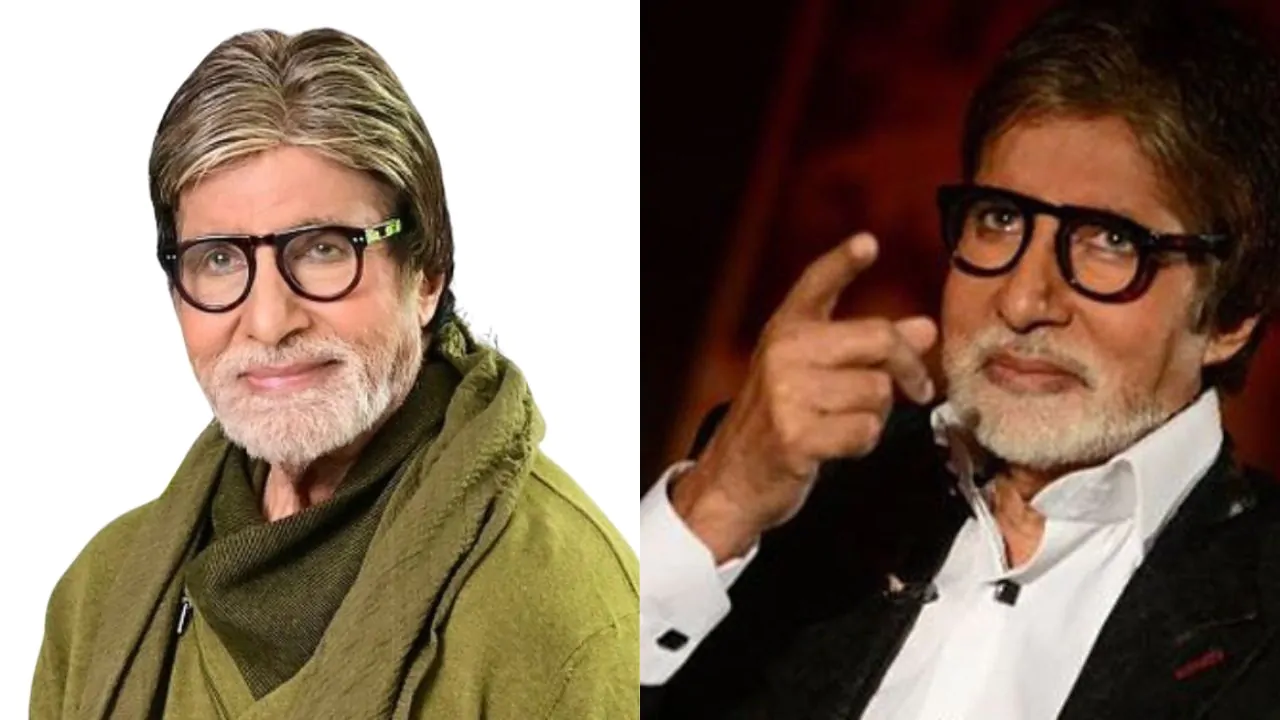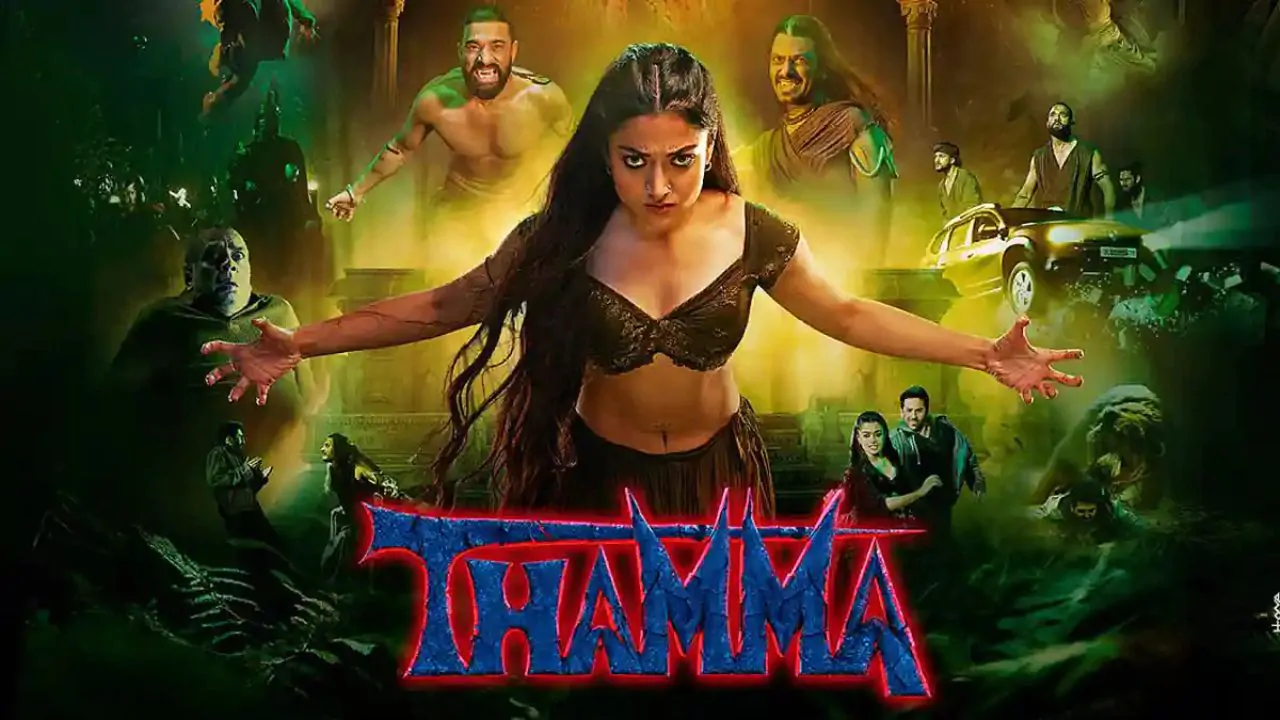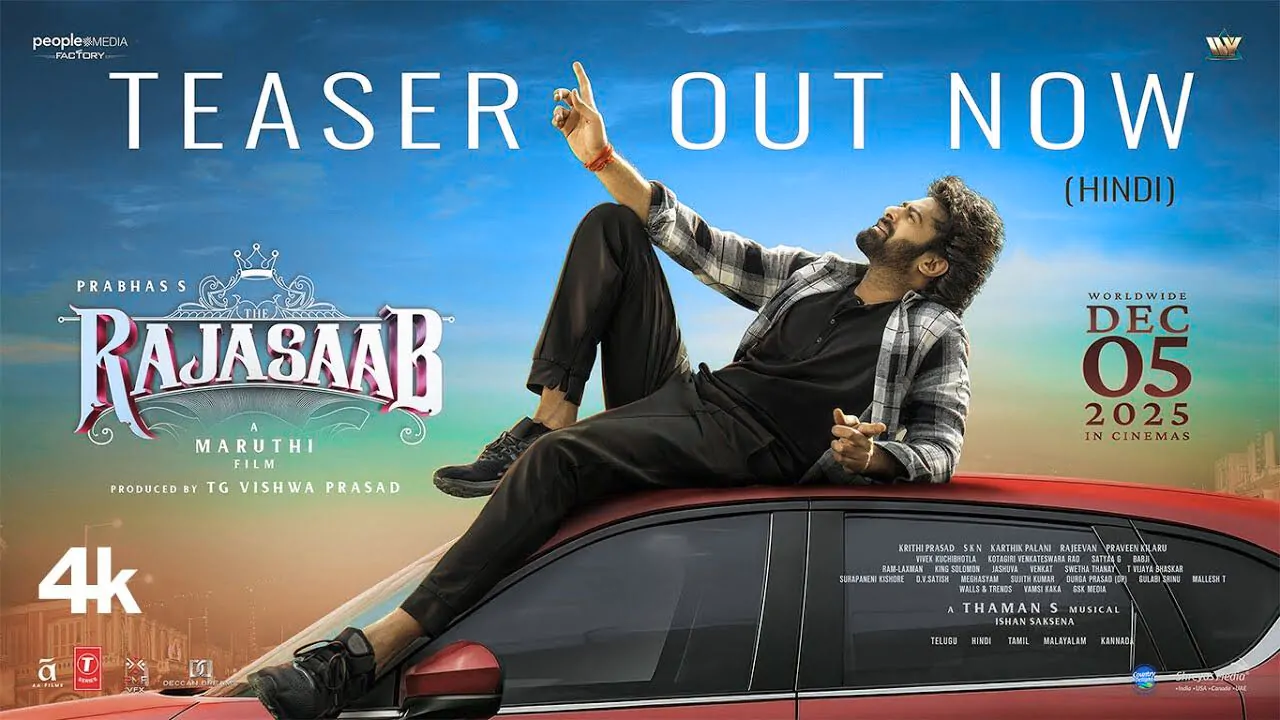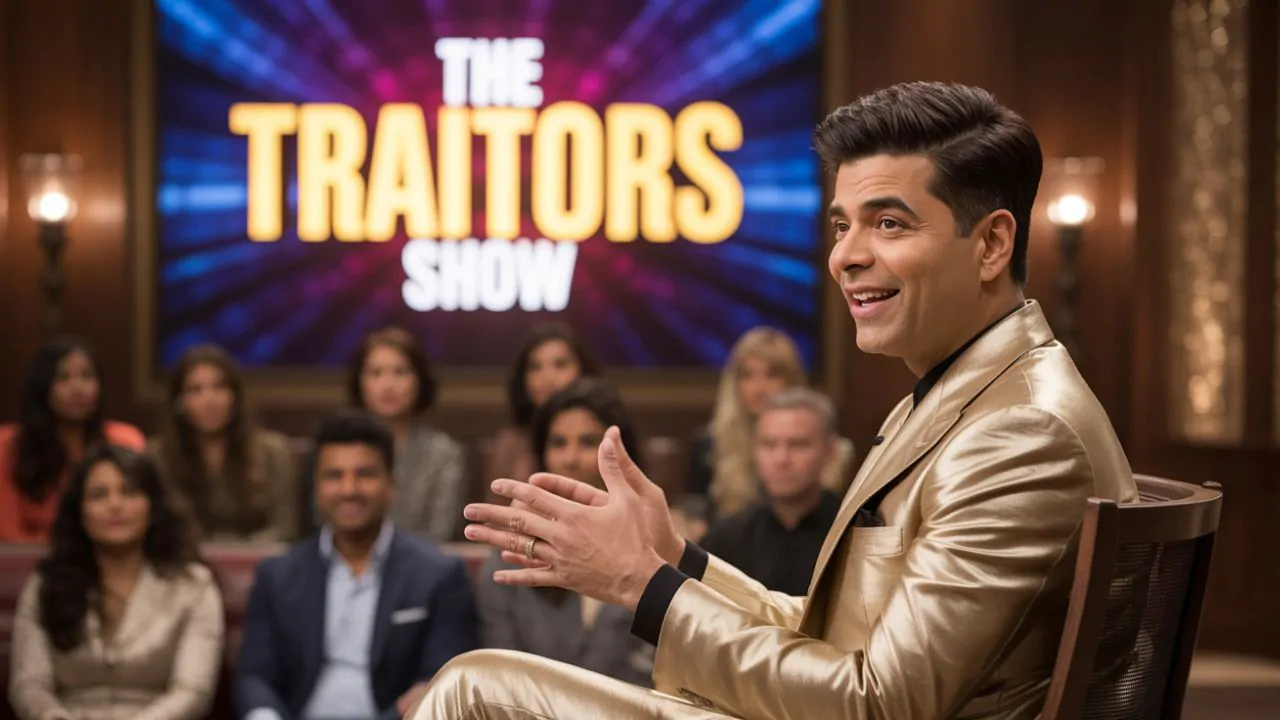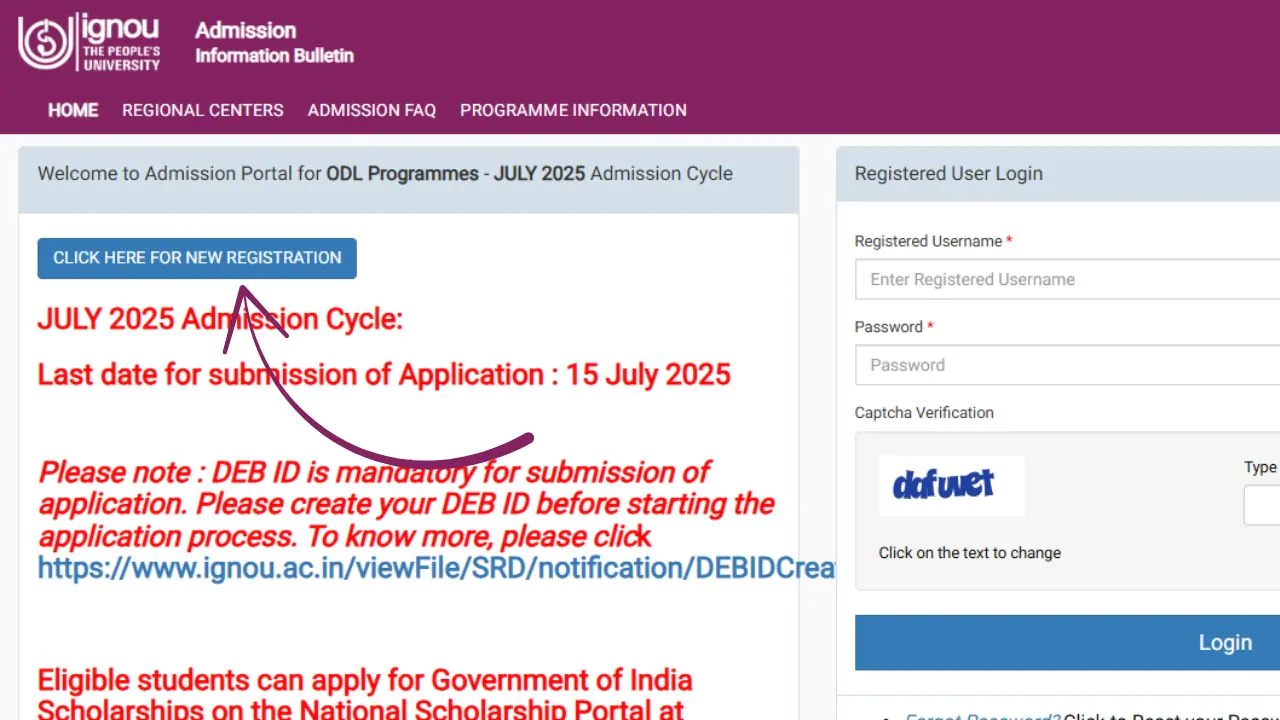Particularly, the sheer magnitude of their debts, alongside the starkly different fates that awaited their creditors, has drawn intense suspicion from the public and regulators alike concerning the financial odysseys of Anil Ambani and Vijay Mallya.
Anil Ambani: Lower Payments Despite a Mountain of Debt
Total Group Debt
Reliance Communications, Reliance Infrastructure, and Reliance Power—Anil Ambani’s Reliance Group companies—took on debts of over ₹49,000 crores at the height of their power.
Current Repayment
Outcomes of recent debt restructurings and insolvency processes saw uncollateralized creditors set to receive only a fraction of their claims. For instance, Reliance Infrastructure recently wrote off approximately ₹3,300 crore in debt as payment for netting its uncollateralized debts to zero. In the case of Reliance Communications, which had over ₹49,000 crore in debts, recoveries in bankruptcy were also expected to be relatively low. Reports suggest banks could expect only ₹455 crores, which means they would be writing off around 99% of what was owed.
Banks Recovery
The listed creditors also include most major Indian banks, such as SBI, ICICI Bank, and Yes Bank, as well as several Chinese lenders. Efforts at recovering funds through liquidation, one-time settlements, and distribution of assets for sale yielded very little, as most group companies are either still undergoing insolvency or have already been liquidated.
Vijay Mallya: Recovery Process Exceeds Claim Amount
— Vijay Mallya (@TheVijayMallya) June 5, 2025
Cumulative Amount Due
Vijay Mallya’s Kingfisher Airlines and other Group companies had outstanding loan default payments of approximately ₹ 9,000 crores. However, the Debt Recovery Tribunal (DRT) assesses the total recoverable amount at ₹6203 Crores (with interest).
Recovery by Banks
In a recent podcast, he appears to be burdened with a lot of wealth, as he clearly states, “the banks have liquidated forgotten” assets. He says banks are claiming to have already recovered over ₹14100 Crores from him, which is mostly higher than the principal and interest due, through asset and lien-executed sales. This has been consistently stated in filings and other statements, although there have been some discrepancies in the accounting of final numbers.
Bank Involvement
The central lending part of the consortium comprises the State Bank of India, IDBI Bank, and Indian Overseas Bank, which are also his main creditors and are turning towards aggressive legal action to recover dues, along with asset liquidation and selling proceeds.
Key Comparison Table
| Aspect | Anil Ambani | Vijay Mallya |
|---|---|---|
| Peak Debt | ₹49,000 crore (group) | ₹9,000 crore (Kingfisher & group) |
| Banks Involved | SBI, ICICI, Yes Bank, Chinese banks | SBI, IDBI, Indian Overseas Bank |
| Amount Recovered | As low as ₹455 crore in some cases | Over ₹14,100 crore |
| Recovery Rate | Often <1% for banks | Exceeds 100% of principal/interest |
| Legal Status | Bankruptcy, insolvency, asset sales | Fugitive, assets seized, UK litigation |
Conclusion
In all these noted issues, the statement remains unchanged. Neither does the rest appear to deal with the Anil Ambani creditors who are perpetually sitting under the massive mountain of debt written off. Whereas VJ Mallya boasts that all his debts are paid off even before the agreed settlement has been cleared up. Upon examining all this reasoning, it appears somewhat complex regarding India’s corporate debt recovery system reveals a significant disparity and diverse actions that can result from an asset being influenced by legal and political games.
Read: Elon Musk’s Father Errol Musk Visited Ayodhya’s Ram Lalla Temple


